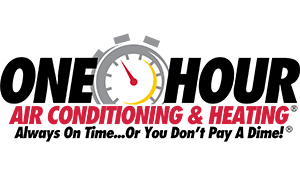Is Your Heater Blowing Cold Air? Here’s What to Do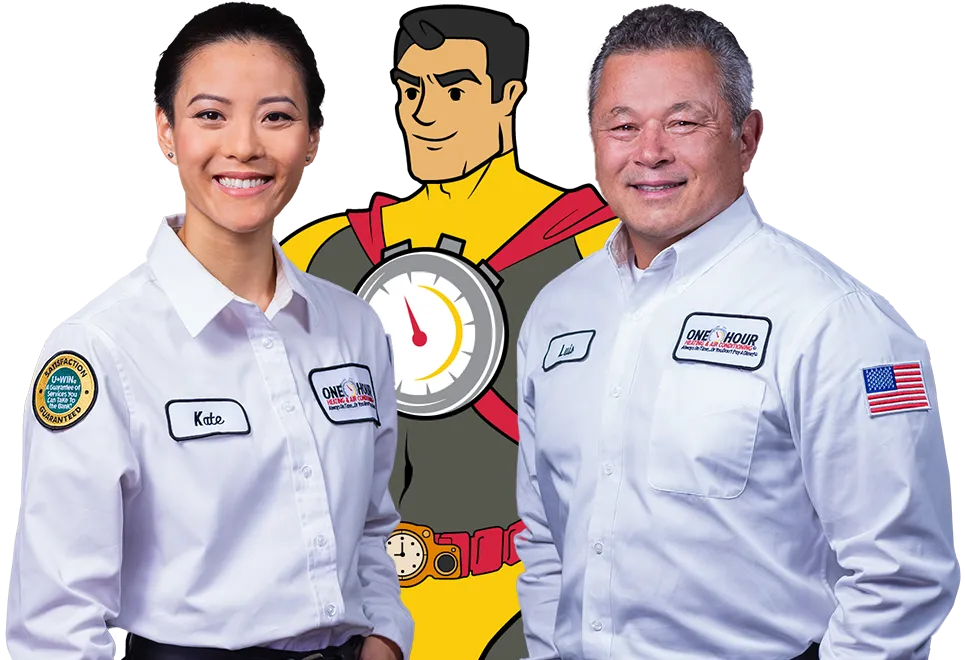
It’s the middle of winter. Outside, temperatures have dropped, but inside your home, that comforting warmth you count on is nowhere to be found. Instead, your heater is blowing cold air, leaving you baffled and uncomfortable. Sound familiar?
If this is happening to you, don’t panic. There are straightforward reasons why this occurs—many of which can be fixed without calling in a professional. This guide will walk you through the most common causes and actionable steps to help you get your heater back on track.
Why Is Your Heater Blowing Cold Air?
Before jumping to conclusions, understanding the root cause of the issue is vital. Heaters are complex systems, and several potential culprits might be behind the problem. Below are some of the most common reasons for heaters blowing cold air and what you can do about each one.
1. Your Thermostat Settings May Be Off
Sometimes, the issue lies not with the heater but with the thermostat. Take a moment to check your thermostat’s settings.
Is it set to “ON” instead of “AUTO”?
This is a common oversight. When set to “ON,” the fan continuously runs, even when the heater isn’t actively heating air. This can create the illusion that cold air is being blown through your vents. Switch the setting to “AUTO” so that the fan only kicks in when the heater is warming the air.
Is the temperature set high enough?
Double-check your thermostat’s temperature setting. It should be set higher than the current indoor temperature to prompt the heater to activate.
Quick Fix
Always start troubleshooting by verifying your thermostat settings. It’s a simple step that could save you time and frustration.
2. Your Air Filter Might Be Clogged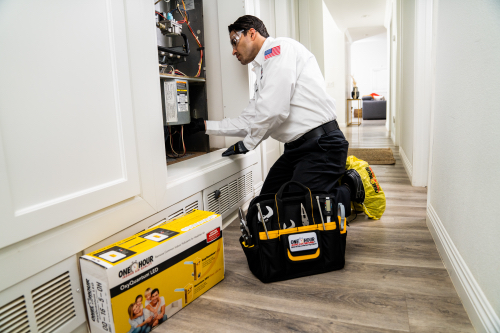
Believe it or not, a dirty air filter can wreak havoc on your entire heating system. Over time, filters collect dust, dirt, and debris. If not cleaned or replaced regularly, airflow becomes restricted. This can cause your heater to overheat and trigger a safety mechanism that shuts off the heat while the fan continues to run—blowing cold air instead.
How to Check
- Locate your air filter (usually near the return air duct).
- Remove and inspect it. If it’s visibly clogged, it’s time for a replacement.
Quick Fix
Swap out dirty filters for clean ones every one to three months, depending on your usage. It’s an easy maintenance habit that prevents numerous issues in the long run.
3. Pilot Light or Ignition System Issues
If you have a gas-powered furnace, a faulty pilot light or ignition system could be the culprit. When the pilot light goes out or doesn’t ignite properly, the furnace cannot produce warm air.
What to Do
For older furnaces with a pilot light, check to see whether it’s lit. If not, try relighting it by following the manufacturer’s instructions.
For newer models with electronic ignition, a faulty sensor or ignition could be the issue.
Warning
If you suspect a gas leak or smell gas while inspecting the pilot light, leave your home immediately and call your gas provider. Safety should always be your top priority.
4. Leaky Ductwork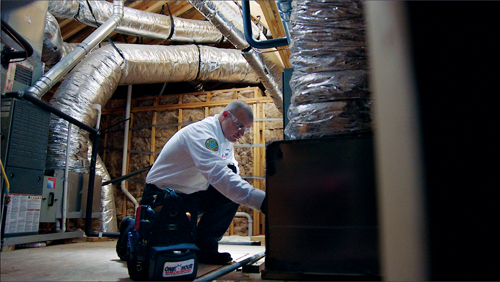
Your heating system relies on ductwork to distribute warm air throughout your home. If there are leaks or gaps in the ducts, warm air could be escaping before it reaches the intended rooms, leaving you with only cold air coming from the vents.
Signs of Duct Leaks
- You notice inconsistent temperatures across your home.
- Higher-than-normal energy bills.
- Visible gaps or damage to ductwork.
Quick Fix
Small leaks can sometimes be patched using foil tape or mastic sealant. However, extensive duct damage may require professional repair or replacement.
5. The Furnace May Be Overheating
When a furnace overheats, it automatically shuts off the burners to prevent damage or fire hazards. During this time, the fan may continue blowing cold air. Overheating often results from dirty air filters, blockages, or mechanical failures.
How to Check
Look for error codes or warning lights on your furnace. Many modern systems have indicators to alert you to overheating or other faults.
Quick Fix
Start by replacing the air filter. If the issue persists, have a professional inspect your system to identify and resolve the root cause.
6. Low Refrigerant Levels in Heat Pumps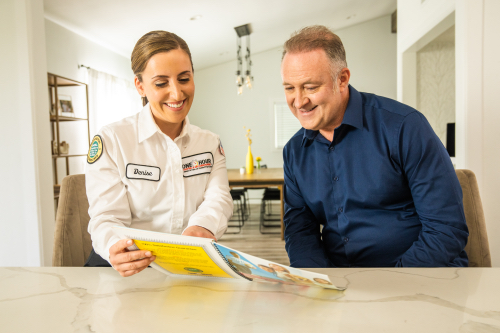
If you have a heat pump, low refrigerant levels might be to blame. Heat pumps rely on refrigerant to transfer heat. Without enough refrigerant, they struggle to warm the air properly.
What to Look For
- Frost forming on the outdoor unit.
- Reduced heating performance over time.
Quick Fix
Refrigerant issues require a licensed technician to diagnose and refill properly. Contact a certified HVAC professional to handle this problem.
When to Call a Professional
While many heater issues can be resolved with basic troubleshooting, some problems require expert attention. Call a professional if you notice the following:
- Strange noises coming from your heating system (e.g., grinding, banging, or squealing).
- Persistently blowing cold air despite trying all troubleshooting steps.
- A burning smell or visible damage to the unit.
- Issues related to refrigerant or electronic components.
Remember, timely repairs can prevent minor issues from turning into expensive fixes. Don’t hesitate to reach out for help when needed.
Keep Your Heater Running Smoothly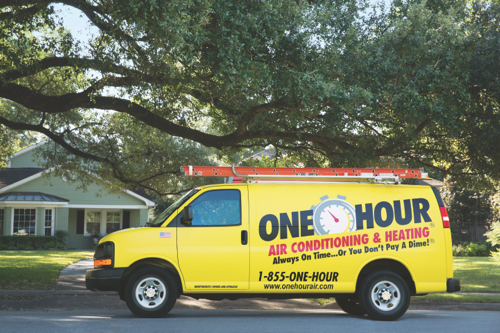
Nobody wants to be left out in the cold literally! To avoid future heating problems, incorporate regular maintenance into your routine.
Quick Heater Maintenance Tips
- Replace filters monthly or as needed.
- Schedule an annual HVAC inspection to catch potential issues early.
- Keep vents and ducts clean to support proper airflow.
- Test your thermostat periodically to confirm it’s functioning correctly.
By staying proactive, you’ll keep your heater running efficiently and extend its lifespan.
Stay Warm and Comfortable
Dealing with a heater that is blowing cold air can be frustrating, especially when temperatures are low. However, understanding the possible causes and following the solutions outlined here can often resolve the problem quickly. If you’ve tried everything and still can’t fix the issue, don’t hesitate to contact a professional for assistance.
Your home should always be a warm, cozy retreat from the elements. With proper care and a little troubleshooting, you can make sure your heater delivers just that.
